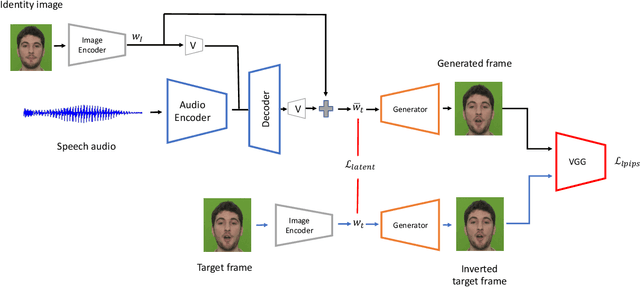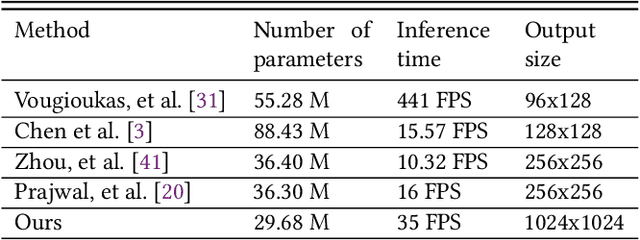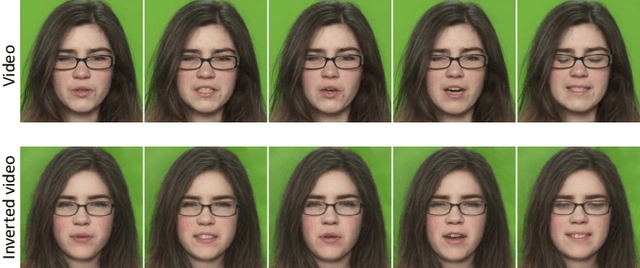Andrew J. Bulpitt
Bayesian uncertainty-weighted loss for improved generalisability on polyp segmentation task
Sep 13, 2023Abstract:While several previous studies have devised methods for segmentation of polyps, most of these methods are not rigorously assessed on multi-center datasets. Variability due to appearance of polyps from one center to another, difference in endoscopic instrument grades, and acquisition quality result in methods with good performance on in-distribution test data, and poor performance on out-of-distribution or underrepresented samples. Unfair models have serious implications and pose a critical challenge to clinical applications. We adapt an implicit bias mitigation method which leverages Bayesian epistemic uncertainties during training to encourage the model to focus on underrepresented sample regions. We demonstrate the potential of this approach to improve generalisability without sacrificing state-of-the-art performance on a challenging multi-center polyp segmentation dataset (PolypGen) with different centers and image modalities.
Talking Head from Speech Audio using a Pre-trained Image Generator
Sep 09, 2022



Abstract:We propose a novel method for generating high-resolution videos of talking-heads from speech audio and a single 'identity' image. Our method is based on a convolutional neural network model that incorporates a pre-trained StyleGAN generator. We model each frame as a point in the latent space of StyleGAN so that a video corresponds to a trajectory through the latent space. Training the network is in two stages. The first stage is to model trajectories in the latent space conditioned on speech utterances. To do this, we use an existing encoder to invert the generator, mapping from each video frame into the latent space. We train a recurrent neural network to map from speech utterances to displacements in the latent space of the image generator. These displacements are relative to the back-projection into the latent space of an identity image chosen from the individuals depicted in the training dataset. In the second stage, we improve the visual quality of the generated videos by tuning the image generator on a single image or a short video of any chosen identity. We evaluate our model on standard measures (PSNR, SSIM, FID and LMD) and show that it significantly outperforms recent state-of-the-art methods on one of two commonly used datasets and gives comparable performance on the other. Finally, we report on ablation experiments that validate the components of the model. The code and videos from experiments can be found at https://mohammedalghamdi.github.io/talking-heads-acm-mm
Fine-grained differentiable physics: a yarn-level model for fabrics
Feb 01, 2022



Abstract:Differentiable physics modeling combines physics models with gradient-based learning to provide model explicability and data efficiency. It has been used to learn dynamics, solve inverse problems and facilitate design, and is at its inception of impact. Current successes have concentrated on general physics models such as rigid bodies, deformable sheets, etc., assuming relatively simple structures and forces. Their granularity is intrinsically coarse and therefore incapable of modelling complex physical phenomena. Fine-grained models are still to be developed to incorporate sophisticated material structures and force interactions with gradient-based learning. Following this motivation, we propose a new differentiable fabrics model for composite materials such as cloths, where we dive into the granularity of yarns and model individual yarn physics and yarn-to-yarn interactions. To this end, we propose several differentiable forces, whose counterparts in empirical physics are indifferentiable, to facilitate gradient-based learning. These forces, albeit applied to cloths, are ubiquitous in various physical systems. Through comprehensive evaluation and comparison, we demonstrate our model's explicability in learning meaningful physical parameters, versatility in incorporating complex physical structures and heterogeneous materials, data-efficiency in learning, and high-fidelity in capturing subtle dynamics.
 Add to Chrome
Add to Chrome Add to Firefox
Add to Firefox Add to Edge
Add to Edge